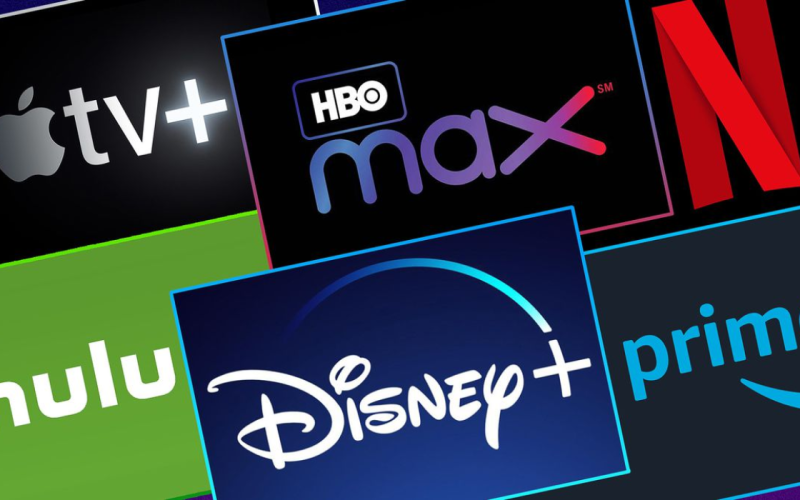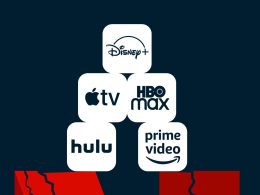Introduction
The advent of streaming platforms has revolutionized the way we consume television content, and this shift is significantly impacting TV show production. With companies like Netflix, Amazon Prime Video, Disney+, and Hulu leading the charge, the traditional paradigms of television are being redefined. This article delves into the multifaceted ways in which streaming platforms are changing TV show production.
The Rise of Streaming Platforms
Streaming platforms have grown exponentially over the past decade. What began as a novel way to watch reruns and movies has evolved into a dominant force in the entertainment industry. Unlike traditional TV networks, streaming services offer on-demand content, which has fundamentally altered viewer habits. This shift has had a profound impact on TV show production, from funding and creative freedom to distribution and audience engagement.
Increased Creative Freedom

One of the most significant changes brought about by streaming platforms is the increased creative freedom afforded to content creators. Traditional TV networks often impose stringent guidelines and restrictions on show runners, dictating everything from episode length to content suitability. In contrast, streaming services are generally more lenient, allowing creators to experiment with unconventional storytelling techniques, diverse casting, and niche genres.
Case Study: Stranger Things
Stranger Things, a Netflix original, serves as a prime example of the creative freedom offered by streaming platforms. The show’s creators, the Duffer Brothers, were able to blend elements of science fiction, horror, and 1980s nostalgia in a way that might not have been possible on a traditional network. The result was a critically acclaimed series that garnered a massive following.
Flexible Episode Lengths and Formats

Traditional TV shows are often constrained by fixed time slots, usually around 22 minutes for a half-hour show or 44 minutes for an hour-long show, to accommodate commercials. Streaming platforms, however, are not bound by these limitations. This flexibility allows for varying episode lengths and more nuanced storytelling.
Example: Black Mirror
Black Mirror, originally a British TV show, found a new home on Netflix. The show’s episodes vary in length, ranging from 40 minutes to over an hour, depending on the needs of the story. This flexibility has enabled the creators to explore complex themes and narratives without the constraints of traditional TV formats.
Binge-Watching and Serialized Storytelling
The concept of binge-watching viewing multiple episodes of a TV show in one sitting has become synonymous with streaming platforms. This has led to a resurgence in serialized storytelling, where a single narrative arc spans an entire season or series, rather than episodic storytelling, where each episode stands alone.
Impact on Production
Serialized storytelling often requires meticulous planning and a cohesive vision from the outset. This has led to an increase in writers’ rooms, where a team of writers collaborates to map out entire seasons before production begins. This approach not only enhances narrative continuity but also allows for more complex character development and plot twists.
Global Reach and Diverse Audiences

Streaming platforms have a global reach, allowing TV shows to be distributed and consumed worldwide. This has opened up new opportunities for diverse storytelling and casting, as shows are no longer limited to appealing to a domestic audience.
Example: Money Heist
Money Heist (La Casa de Papel), a Spanish TV series, became a global phenomenon after being acquired by Netflix. The show’s international success has paved the way for more non-English language content to find a global audience, encouraging producers to invest in diverse and culturally rich storytelling.
Data-Driven Production
Streaming platforms have access to vast amounts of viewer data, which they use to inform production decisions. This data includes information on viewing habits, preferences, and engagement, allowing platforms to tailor content to audience demands.
Personalized Recommendations
Algorithms analyze viewer data to provide personalized recommendations, ensuring that content reaches its target audience. This data-driven approach has also led to the development of niche content that caters to specific viewer interests, further diversifying the types of shows being produced.
Financial Implications

The financial model of streaming platforms differs significantly from traditional TV networks. Instead of relying on advertising revenue, streaming services generate income through subscriptions. This model has several implications for TV show production.
Higher Budgets
Streaming platforms often allocate higher budgets for original content to attract and retain subscribers. This has resulted in high-quality productions with impressive special effects, star-studded casts, and top-notch writing.
Example: The Crown
The Crown, a Netflix original series, is known for its lavish production values. The show’s budget reportedly exceeds $100 million per season, a figure that would be challenging to justify on a traditional TV network reliant on ad revenue.
Challenges and Criticisms
While the rise of streaming platforms has brought numerous benefits to TV show production, it has also introduced new challenges and criticisms.
1. Content Saturation
The sheer volume of content available on streaming platforms can be overwhelming for viewers, leading to what some refer to as content saturation. This makes it challenging for new shows to stand out and find an audience.
2. Job Security
The shift towards short-term contracts and project-based work in the streaming era has raised concerns about job security for those working in TV production. Unlike traditional TV shows that may run for several seasons, streaming shows are often greenlit for one season at a time, leading to uncertainty for cast and crew.
Conclusion
The impact of streaming platforms on TV show production is profound and multifaceted. From increased creative freedom and flexible formats to data-driven decisions and global reach, streaming services are reshaping the landscape of television. While challenges remain, the opportunities for innovation and diverse storytelling are greater than ever. As streaming platforms continue to evolve, so too will the ways in which TV shows are produced, distributed, and consumed.








